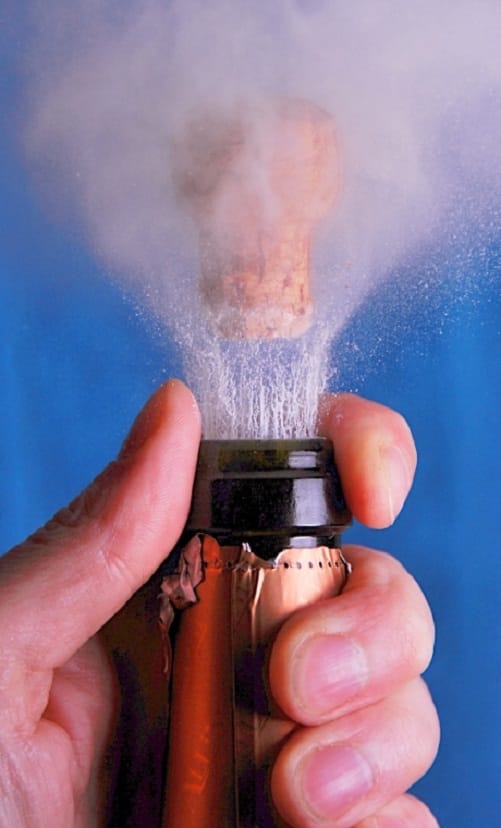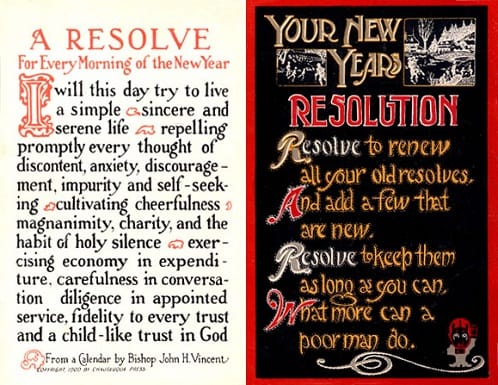|
Annually casting off the ills, misfortunes, failures and otherwise unpleasant reminders of the previous year in preparation for the new one seems to be a perpetually favorite ritual. The people of Ecuador devised a particularly appealing method. As the year concludes, each person collects reminders of disagreeable elements of the preceding year, the clothing one wore when an unpleasantness occurred, a drawing or photos of the offending person, time or place. Those items are then used to construct an effigy of the evils that had bedeviled them. On New Year’s Eve, they gather to burn the effigies, thus clearing the way for a better new year. The symbolism is appealingly satisfying. Not surprisingly, food and drink play a significant role, as they do in many holidays. There is the usual Champagne, sometimes preempted by local sparkling or mulled wines. Then individual cultures add their influences. As the midnight chimes, everyone must consume twelve grapes (Spain and Mexico), twelve raisins (Portugal), twelve spoonfuls of lentil (Italy and Chile) or twelve spoonfuls of any dish on the table (Estonia), one grape, raisin or spoonful for each month of the year in time with the twelve chimes of the clock. One intriguing New Year’s Eve custom involving underwear. In Italy and parts of Latin America, the undies color of choice is red. In Columbia and Venezuela it is yellow. Not to mention the serious amount of black underwear being concealed by festive attire. Another tradition is the annual playing, broadcast or production of an English play written by Lauri Wylie called “Dinner for One”. In this play, a 90 year-old British aristocrat, Miss Sophie, re-stages her annual year-end party for herself and four life-long friends. The trouble is that she is the sole survivor. So her equally-aged butler, in addition to serving the dinner, mimic’s the role of each of Miss Sophie’s deceased friends. As Miss Sophie is a stickler for serving the right wine with each course, it is not long before the butler is feeling the worse for his imbibitory duties. The play has been translated, filmed, performed and otherwise shared on New Year’s Eve across diverse European countries. Symbols of light abound. Antarctia is the only continent on which fireworks play no New Year role. Otherwise, the planet is committed to spectacular displays of noise, colored lights and displays of volcanic splendor. Greece has its own unique light ritual. As the midnight hour approaches, the house lights are turned off and everyone closes their eyes. As the twelfth hour rings, the lights are turned on and everyone opens their eyes so that they enter the New Year in a new light. The Babylonians are to thank (or not) for the annual setting of resolutions. Each New Year for them began with a promise to their gods that they would begin the year by eliminating their debt and returning all borrowed items. The Romans promised their god Janus, that they would mend their erroneous ways. Medieval knights annually reaffirmed their commitment to chivalry by renewing their “Peacock Vow”. Many of the world’s religions provide a seasonal time to reflect and forgive in hopes of self-improvement.
Despite the fanfare of massive public gatherings in colossal cities, it seems that the majority of the world chooses to celebrate their New Year in smaller private gatherings of family and friends. So adopt a ritual or two. Better yet, make one up. To freshen your New Year palate, today’s recipe is Drunken Clementines with Maple Candy Shards.
0 Comments
Leave a Reply. |





